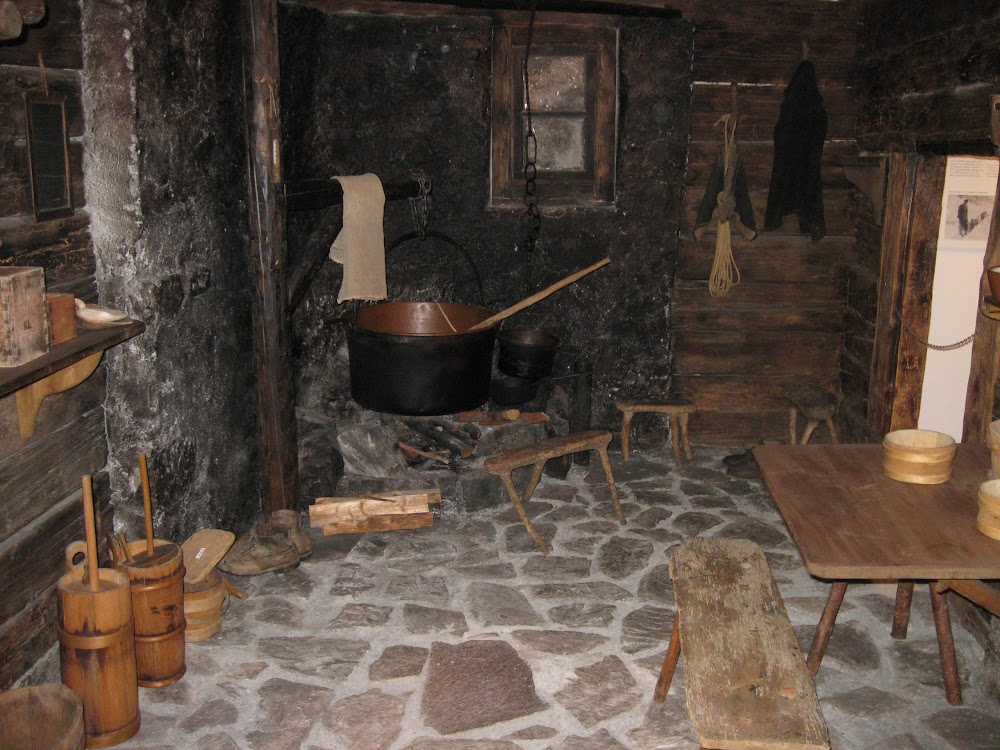Eschnerberg Trail (Eschnerberg-Wanderweg)
Overview
Nestled in the charming country of Liechtenstein, Eschnerberg is a prominent hill and scenic area that stands out as one of the hidden gems for outdoor enthusiasts. Located in the northern part of the country, near the town of Ruggell, Eschnerberg boasts stunning trails and captivating views that attract hikers and nature lovers alike.
The Eschnerberg Trail was developed as part of Liechtenstein's initiative to promote outdoor activities while preserving the region's natural beauty. Launched in the early 2000s, this project stemmed from the local community's desire to enhance access to nature and provide recreational opportunities for both residents and visitors.
The construction of the trail involved a meticulous planning process designed to minimize disruption to the surrounding environment. Local authorities collaborated with environmental experts to map out a path that would highlight the area's beauty while protecting its diverse flora and fauna. Volunteers from Ruggell and neighboring towns played an integral role in the trail's creation, participating in clean-up activities and assisting in laying the initial pathways.
One of the highlights of the Eschnerberg Trail is its varied terrain. Hikers can traverse lush forests, grassy meadows, and rocky outcrops, all within a few kilometers. The route is clearly marked, with signs indicating different sections and points of interest, providing hikers with insights into the local history, geology, and ecology of the region.
The trail features several lookout points that offer panoramic views of the Rhine Valley and the Swiss Alps. These vantage points are especially popular at sunrise and sunset, creating picturesque scenes perfect for photography or quiet contemplation. Benches and rest areas are strategically placed along the trail, providing ideal spots for hikers to take a break and soak in the serene surroundings.
In addition to its natural beauty, the Eschnerberg Trail also passes by numerous historical sites. A notable landmark is the prehistoric fortification of Alteburg, which dates back to the Bronze Age. Archaeologists have uncovered remnants of ancient walls and artifacts here, indicating that the area has been inhabited for thousands of years. Informational plaques at these sites invite visitors to step back in time and imagine the lives of early settlers.
The Eschnerberg Trail is designed to be accessible for hikers of varying skill levels. There are shorter loop options for casual walkers and families, as well as longer, more challenging routes for seasoned hikers seeking a vigorous trek. The trail is well-maintained year-round, though the best times to visit are during spring and early autumn when the weather is mild and the foliage is at its most vibrant.
Community involvement remains a cornerstone of the Eschnerberg Trail's ongoing success. Regular events such as guided nature walks, bird-watching tours, and tree-planting days help foster a connection between the people and the land. Local schools often include field trips to the trail in their curriculum, teaching children about ecology and the importance of preserving natural habitats.
Today, the Eschnerberg Trail stands as a testament to what a community can achieve when they unite with a common goal. It serves not only as a recreational resource but also as a living classroom and a sanctuary for wildlife. For anyone visiting Liechtenstein, hiking the Eschnerberg Trail is a must, offering a blend of natural splendor, historical intrigue, and a sense of peace that can only be found in nature.



